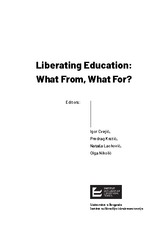Приказ основних података о документу
Interactive Teaching as a Component of Social Emancipation
| dc.contributor | Cvejić, Igor | |
| dc.contributor | Krstić, Predrag | |
| dc.contributor | Lacković, Nataša | |
| dc.contributor | Nikolić, Olga | |
| dc.creator | Milanković, Aleksandar | |
| dc.date.accessioned | 2022-02-28T11:59:48Z | |
| dc.date.available | 2022-02-28T11:59:48Z | |
| dc.date.issued | 2021 | |
| dc.identifier.isbn | 978-86-80484-79-2 | |
| dc.identifier.uri | http://rifdt.instifdt.bg.ac.rs/123456789/2511 | |
| dc.description.abstract | The basic properties of education are the relations between a teacher and pupils and the way in which pupils are grouped. The relations in the group are grounded in interaction and communication. Interaction consists of a series of mutually caused and induced, recurrently connected and multiple stimulated actions, with distinctive reciprocity. Teacher-pupils communication constitutes education as a complex relational phenomenon, a relational network constituted on many levels simultaneously. If an average class size is 25-30 pupils, the levels and the quality of communication become very complex. Still, the number of communication levels cannot be reduced to a simple sum: the interaction processes lead to a convergence of relations, which creates new levels or new plans, i.e. certain new value(s). Interactive teaching constitutes teaching and learning on the grounds of social interaction between pupils and a teacher, instead of ex cathedra transmission of information and knowledge or passive adoption of curricular elements. Social interaction and personal relations emerge in the foreground, as the form, the frame, and the content of the teaching process. Interactive teaching mainly proposes interactive learning methods, i.e. methods grounded in group and cooperative work, constantly and continuously. In interactive teaching, the learning process is not directed solely to the cognitive level or the transmission of knowledge, but rather to the comprehensive personal development. The theoretical framework of interactive teaching consists of constructivist conceptions (cognitive, social, socio-cultural constructivism). In the learning process, cognitive contents do not enter externally, in a unidirectional process of transmission and receiving. Rather, they are the consequences of interactions between social relations, social environment, and inner cognitive and experiential construction. The mind is conceptualized as a field of social interactions, which overcomes the traditional conception of the mind as an individual ability. The concept of thought as an “occult process in confined space of a head” is abandoned (Wittgenstein). In this article, we will present basic elements of interactive teaching and after that, we will argue in favour of its proposed emancipatory aspects. | sr |
| dc.language.iso | en | sr |
| dc.publisher | Beograd : Institut za filozofiju i društvenu teoriju | sr |
| dc.relation | info:eu-repo/grantAgreement/MESTD/inst-2020/200025/RS// | sr |
| dc.rights | openAccess | sr |
| dc.rights.uri | https://creativecommons.org/licenses/by-nc-nd/4.0/ | |
| dc.source | Liberating Education: What From, What For? | sr |
| dc.subject | relation | sr |
| dc.subject | interaction | sr |
| dc.subject | joint action | sr |
| dc.subject | cooperative | sr |
| dc.subject | education | sr |
| dc.title | Interactive Teaching as a Component of Social Emancipation | sr |
| dc.type | bookPart | sr |
| dc.rights.license | BY-NC-ND | sr |
| dc.type.version | publishedVersion | sr |
| dc.identifier.fulltext | http://rifdt.instifdt.bg.ac.rs/bitstream/id/8865/bitstream_8865.pdf | |
| dc.identifier.rcub | https://hdl.handle.net/21.15107/rcub_rifdt_2511 |

